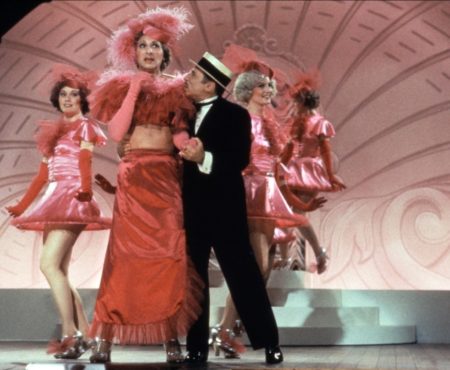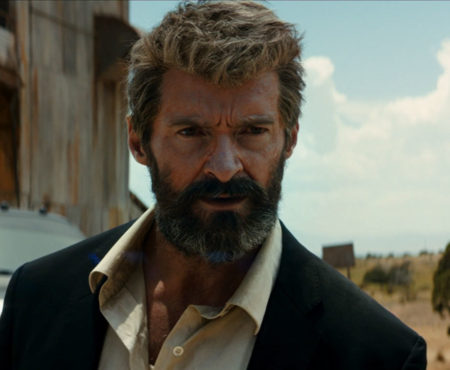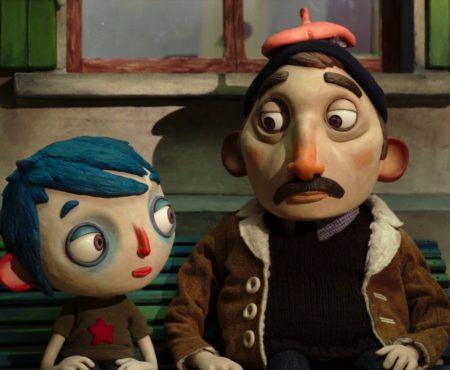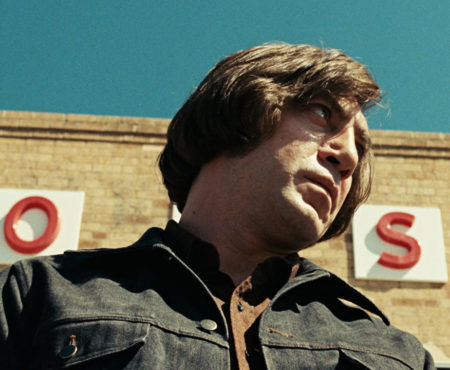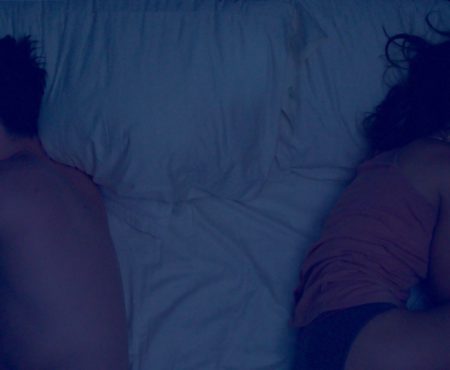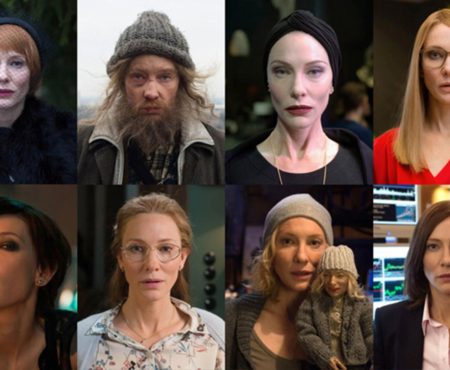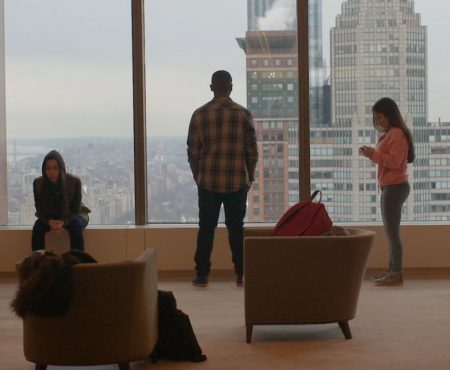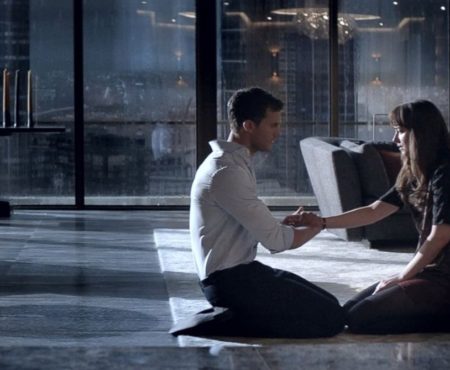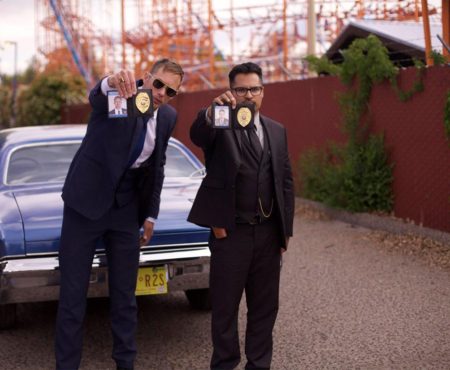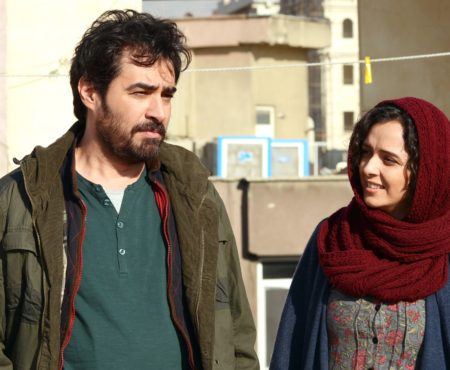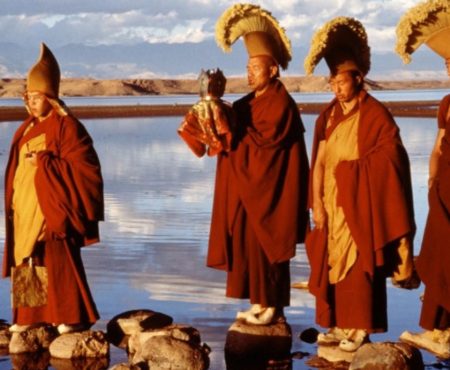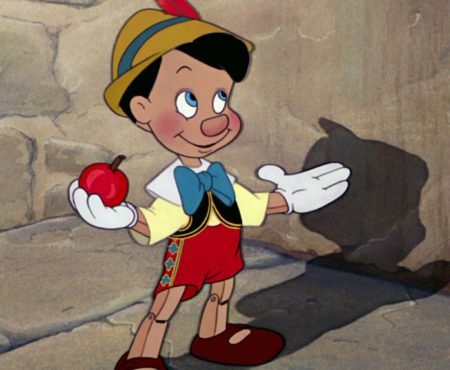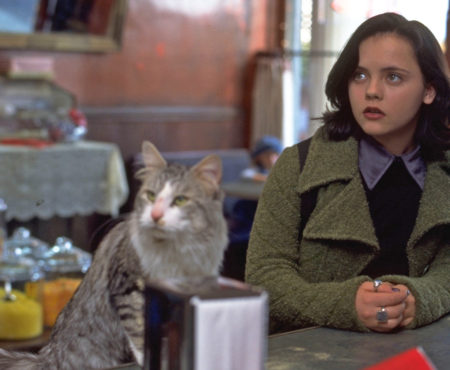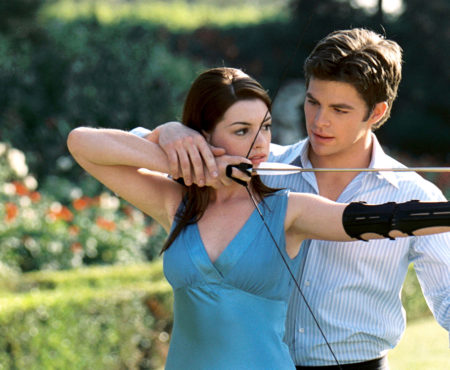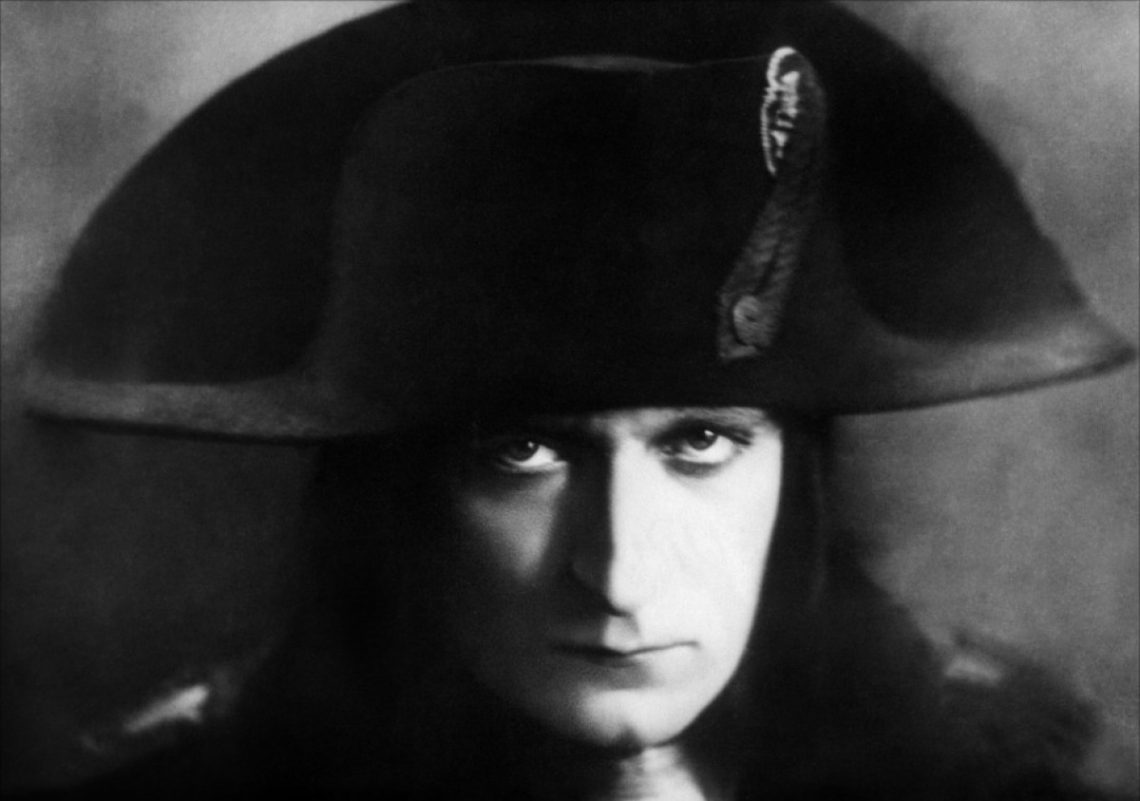For Abel Gance, it seemed inevitable. In narrative scope and formal invention, it was a grand culmination of what he had so astoundingly set forth with the one-two cinematic punch that was J’accuse! (1919) and La roue (1923). For international silent film, it was the next evolution in a mere 30-year-old medium, a bold step forward, utilizing and advancing contemporary tools of the moviemaking trade in a way no other film had (or, arguably, ever would). For the accumulating pages on the history of this burgeoning media form, it was a pivotal turning point, a new chapter in an ever-changing text. But it was never to be again. Sound had spoken, and people were listening. “Is man’s powerlessness to exploit the silent cinema’s potential about to burst forth?” questioned a concerned Gance in June of 1928, according to Nelly Kaplan’s book on the film from BFI Classics. The very year Napoléon (1927) was released, The Jazz Singer perked the ears of the world. From that point forward, audaciously elaborate experiments with camera movement, rapid cutting, and the wide screen would be, generally speaking, placed on the back burner—in some cases, for decades to come—allowing “talkies” to take technical and artistic precedence.
But before that, there was indeed Napoléon, and as evinced by recent, hugely successful screenings of a digitally restored, 5 ½ hour version of Gance’s epic, courtesy of Photoplay Productions and the British Film Institute National Archive, as well as a fully-loaded, multi-disc DVD/Blu-ray set, the film is alive and well.
Given its duration, and the inordinate research an enthusiastic Gance put into the project, Napoléon hits on many key moments in the early days of its heroic subject, beginning at the Brienne-le-Château military school, circa 1783, and closing with the 1796 Italian campaign. The film’s prologue gives a revealing portrait of 10-year-old Napoléon Bonaparte (Vladimir Roudenko), whose fundamental characteristics are fully formed and manifest to all, even at this premature stage. Already an arms-crossed combatant, the adolescent incarnation of this natural-born strategist assumes a posture of defiance and command. As Napoléon is such a controversial figure, the viewer’s knowing reference imbues these scenes with a degree of foreshadowing, but the boy’s eventual import also emerges in Gance’s predestined presentation, with a sense of unescapable historical gravity through stately composition. The exceptional Roudenko similarly applies an austere expression to his Napoléon, one that will remain into the character’s adult years. His social standing is likewise established early, rarely varying as the narrative progresses. Napoléon is an outsider, ostracized and isolated like his native Corsica, a “half-civilized” region according to a teacher. But if Napoléon is likened to an island, he is also a rock, “made of granite heated in a volcano,” as one character later describes him: firm, but burning with a dormant vitality.
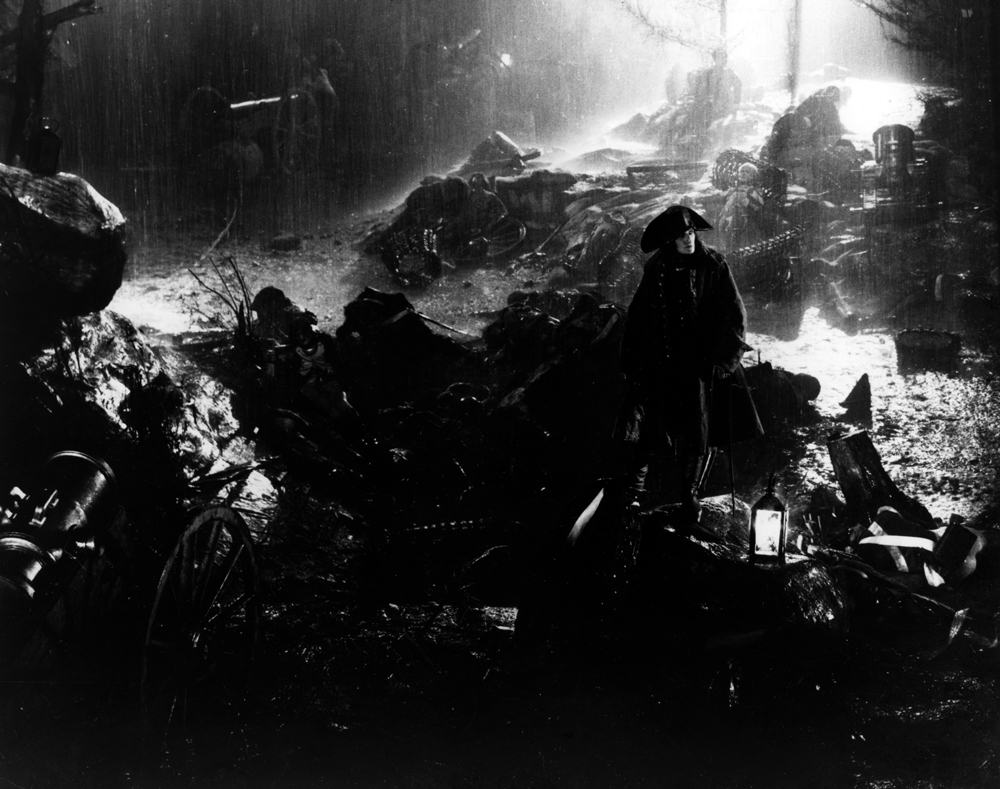
Albert Dieudonné, who shoulders the personage of the adult Napoléon, strikes a dashing, pointed portrait, his often-illuminated profile giving off a “radioactive” (Gance’s word) glow. His evocative glance dominates those around him. Frequently contrasted with the visceral power of the natural world—Gance pictorially links his intensity to that of rushing water, burning fire, and mighty winds—Napoléon is a primordial force. To hold dominion is resolute second nature: “Either I command, or I say nothing,” he declares with a cool, caustic confidence. On the battlefield, Napoléon observes as if every actionis as he expected and approves. Gance shrouds the conqueror in silhouette, a statuary figure at once powerful and obscured, imposing yet restricted. Overcoming poverty, anonymity, and disregard, the increasingly ambitious Napoléon adopts the demeanor of controlled stoicism. He is typically humorless and emotionally disengaged; there is seldom a glimpse of feeling humanity. Still, he is innately inspiring, with similarly disciplined expectations from others. One sees his ascendancy in rank, power, and in the annals of history, and witnesses the contemporary formation of his iconic status (there are dolls produced in his likeness, affirming his celebrity). However, to recognize what Napoléon accomplished in these preliminary stages of his military career is to recognize the fateful downfall to come. If Napoléon concludes with an uplifting portrait of a great man exerting authoritarian order and admirable idolatry, it does so under the shadow of failure and corruption to come.
As portrayed by Dieudonné (who apparently convinced Corsican locals he was the ghost of their favored son when the crew was filming on location), Napoléon is at first merely observant of the anarchic zeal sweeping through 18th-century France. Only eventually participating directly in the political upheaval, Napoléon finds his niche in the enthusiasm and confusion of a contagious revolutionary spirit. Joining him are recurring individuals of substantial weight, chiefly the “three gods”: Maximilien Robespierre (Edmond Van Daële), Georges-Jacques Danton (Alexandre Koubitzky), and Jean-Paul Marat (Antonin Artaud). Though Van Daële, Koubitzky, and Artaud surely stand out, Gance assembles a copious cast of memorable performers, many of whom, like this malevolent trio, signify their characters as much as they play them. In other words, while the casting is not exactly a case of “typage” in the Eisensteinian sense, the embodiment of specific traits does find a personified outlet in exactingly revelatory exteriors, faces and figures both dramatically memorable and physiologically expressive: they look as they behave. Never shy about gracing the screen himself (his head hovers over the opening of La roue, applying an authorial face to the film), Gance also stars as the nefarious Louis Antoine de Saint-Just, and his second wife, Marguerite, plays Charlotte Corday.
Chance reappearances by certain characters, particularly Tristan Fleuri (Nicolas Koline), who inexplicably appears at nearly every pivotal point in Napoléon’s life, contribute to the film’s proliferation of comparatively common side personalities. In these middling everyday people, Gance hoped to supplant in Napoléon mass appeal, with the proposition that it took all types to influence the tumultuous era; some were aggressively involved while others passively bore witness. Unfortunately, as Paul Cuff points out in his remarkable feature-length commentary on the Napoléon home video release, the continuity of these supplemental characters and their respective revivals are hindered by lost footage—a month after Napoléon’s April 7 premiere, a second version of the film was shown, clocking in at around nine hours, with much of its content long since vanished.
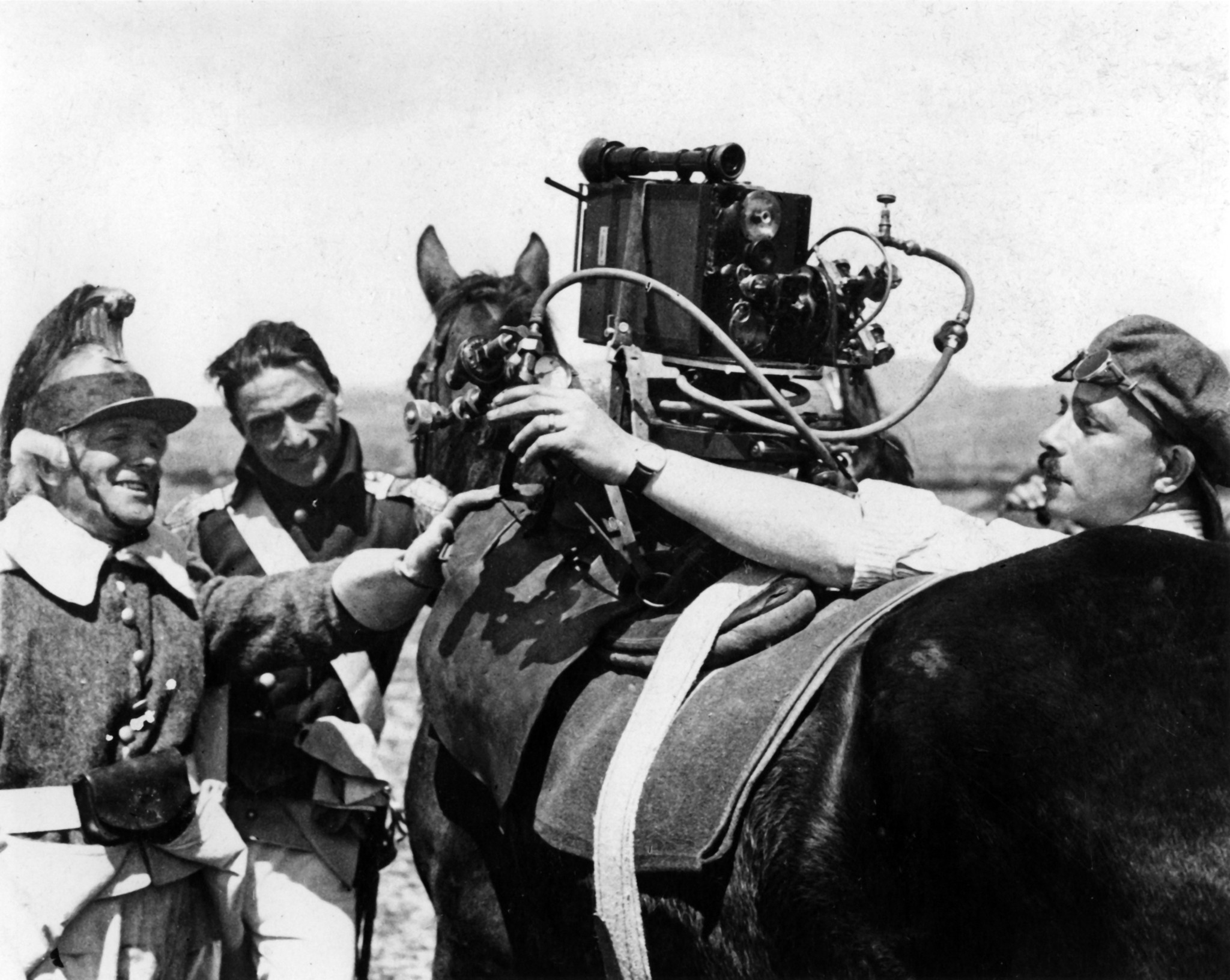
The sociopolitical wheels put rapidly in motion motivate these assorted individuals (the wheel being a key motif throughout the film, denoting progress, speed, and inexorable fate). Gance meticulously details the inner workings of the French Revolution, delving into the political ramifications of specific decisions, the profound influence of rival factions, and the scheming detractors who place Napoléon in their contentious crosshairs. Assemblies give a visual testament to the prevalent fervor, with flickering lights pulsating as the flames of protest are fanned by a populace eager to see the monarchy’s decline. Such a stirring sensation is most evident during a gathering at the Club of the Cordeliers, where Gance fabricates the birth and dissemination of “La Marseillaise,” with a sing-a-long crowd full of rabble-rousers (the song was sung by Koubitzky during the film’s premiere).
There are two sides to the revolution, though. While always hinging on the potency of nationalist sentiment, Gance exposes both the glory and devastation of war. There is thoughtful strategy, to be sure, but as seen during the frenetic siege of Toulon, recalling J’accuse! and its anti-war rhetoric, armed conflict is also disorderly and muddled, quickly descending into chaotic, violent, rain-drenched disarray. Gance likewise draws a tonal contrast concerning conflict, as when a rowdy crowd gathers for the “Victim’s Ball.” Ostensibly there to remember the recently departed, they instead celebrate at their ethical expense, the uninhibited jauntiness a mockery of the fallen and the recent Reign of Terror. To this spectacle, Napoléon looks on with utter disdain, condemning the inconsiderate revelers as imbeciles and layabouts. Yet Napoléon is also guilty of hypocritical war-related principles, the contradiction of his desire to violently invade to spread peaceful liberation, for example.
Romance manages to emerge from this fury. As intertitles explain, Napoléon and Joséphine de Beauharnais (Gina Manès) are linked by a “quirk of fate,” both eventually travelling in the same circles, and both, for a time, simultaneously sentenced to death. Their union produces a strange effect on Napoléon, at least as Gance and Dieudonné envision him. Stanley Kubrick, who persistentlyexplored the life story of Napoléon for his own aborted film, found Dieudonné’s performance to be crude; to a certain extent, he can be a rather one-note, apathetic caricature. However, during the brief interlude in Napoléon where romance momentarily usurps war, Dieudonné comes alive … maybe even too much so. As Napoléon develops a severe adoration of Joséphine, his self-command whittles away into an awkward ardor. One-on-one with the object of his affection, his physical tics and affable fumblings betray his battlefield poise. While Napoléon has a few traces of humor and comic mugging, sometimes bordering on behavioral grotesquery, in the scenes between Napoléon and Joséphine’s children, Eugène and Hortense, Dieudonné conveys an endearing and surprisingly jokey tenderness. Toward Joséphine, though, Napoléon’s amorous obsession is both charming and troubling, as it gradually reveals an absent-minded ineptitude regarding social decorum.
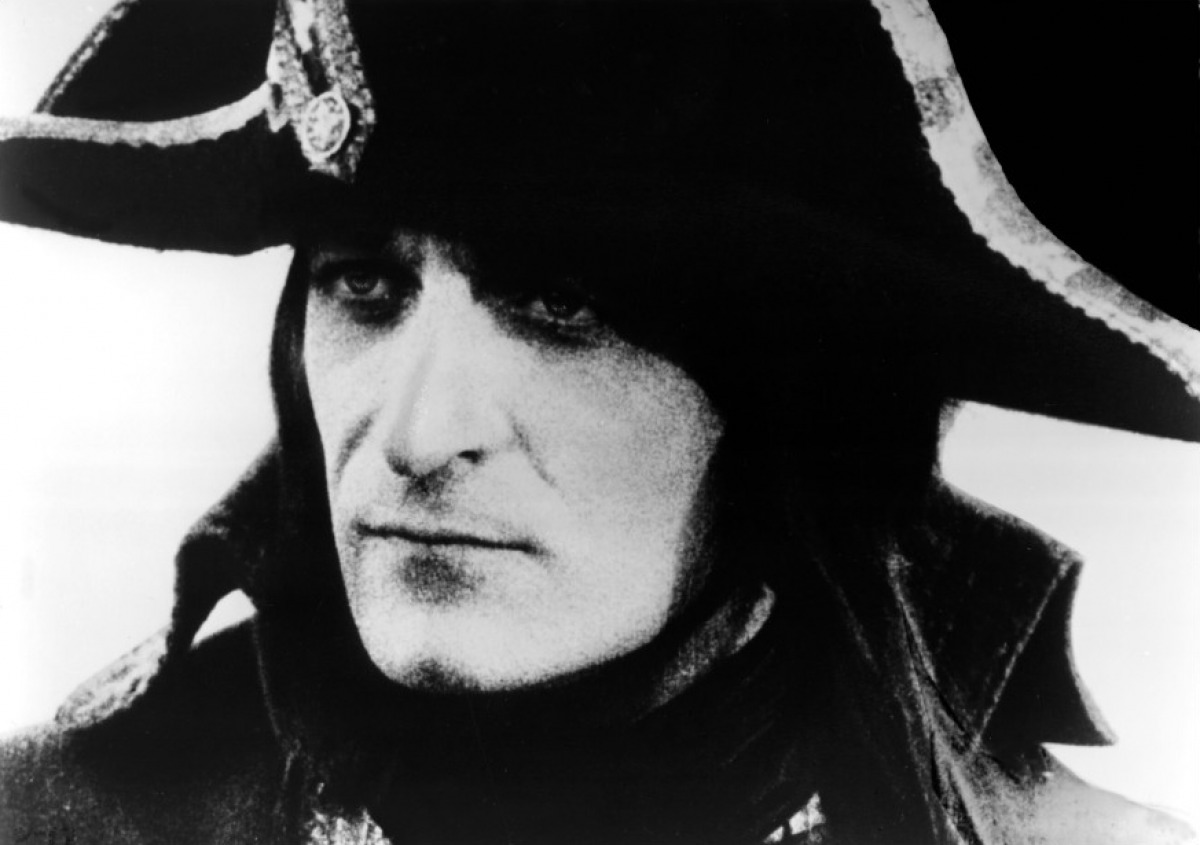
Physical warmth may be clumsy at best, but Gance infuses in Napoléon’s imagery a much more convincing romanticism, through a shimmering softness, the luminosity of nature, and a briefly melodramatic mise-en-scène. As his graphic sensibilities amplify themes, moments of action, and emotions, Napoléon becomes, if nothing else, a photographic tour-de-force. Starting with the inaugural snowball fight, Gance employs a series of jarring shots—recorded from a sleigh, appearing hand-held (the camera actually strapped to the cameraman), and intensely close up—along with broad illustrations that become repeated designs throughout the film, such as figures dwarfed by the landscape, in this case black-cloaked and capped cadets peppering the blinding white battlefield. Singular static images of aesthetic value, like a young Napoléon draped over a cannon by moonlight, an eagle landing beside him, are juxtaposed with multiple superimpositions overlaid at once (sometimes as many as 16), multiple split screens (up to nine at one point), and a dizzying, dazzling visual assault.
“Fast, furious, tumultuous!” Gance issued this in a June 4, 1924 proclamation to his cast and crew, and certainly the tempo and rhythm of Napoléon creates an extravagant orchestration with a range of envisaged notes and medleys. Napoléon boasts an array of angles, tints and tones, models and animation, masking techniques, and expressive montage constructions, frequently with single frame flashes. Painterly compositions straight from the canvas, as in the death of Marat, are united alongside astonishing camera movement (sweeping cranes, racing tracks, retreating dollies), creating an “encyclopedia of visual effects,” as the film is dubbed by Kevin Brownlow in his 1968 documentary The Charm of Dynamite, included in the BFI set. Napoléon is as much an avant-garde work of formal daring as it is a rousing adventure, with shots and sequences so fluid and seamless it is like a modern version of a silent film (like The Artist [2011] but with infinitely more originality). Symbolic-literal conceptions like the “double tempest,” which features the riotous 1792 National Assembly occurring concurrently as a beleaguered Napoléon battles raging waters at sea, execute comparable visual strategies—the camera wavering and swinging on a pendulum of pandemonium—together with verbal analogies like the “Raging whirlpool of the Reign of Terror” and the “Wind of the Revolution.” Here and elsewhere, Carol Davis’ extraordinary score comments on the action, complements it, enchants it, and simultaneously explodes in a corresponding audio-visual crescendo.
The ingenuity of Napoléon is bolstered by Gance’s tenacity, patience, and endurance , as well as that of his cast and crew, notably chief cameraman Jules Kruger. More than just a showcase for technical virtuosity, Napoléon is a participatory cinema, one with which the viewer must actively engage. With a purposeful distortion of perception and a creative manipulation of reality, images stand beyond narrative necessity, while subjective vantage points may not necessarily correspond to a given person, but depict the metaphoric point of view of music, environment, and passion. Special effects and the innovative use of unmanned, motorized camera contraptions allowed Gance to film the hitherto inconceivable. Concluding with a 20-minute triptych finale, his canvas enlarges to accommodate three images at once—some the same, some different yet joined in unison for one panoramic spread, some manipulating space and time to reveal disparate imagery of analytical application (what Cuff calls “parallel montage”). While Gance considered taking things even further—color and 3-D, both ultimately rejected as too distracting—with the notion of “Polyvision,” he was striving for a new cinematic alphabet, a “new grammar.”
Scholar Hervé Dumont estimates that around 1,000 film and television productions have been devoted to Napoléon and his era, but none achieve what Gance does here. Derived from 290 hours’ worth of footage for what was to be one segment in a six-part serialized survey of Napoléon’s entire life, the resulting Napoléon vu par Abel Gance, that is, Napoléon “seen by” Abel Gance, tracks vital points along the biographical timeline of its titular leader, but does so with a distinct methodology. If Napoléon is a visionary work, it is also the work of a single vision, and surely one of the finest motion pictures ever made, perhaps the greatest of all silent cinema. As Brownlow states, this film proved the medium “capable of anything.”
